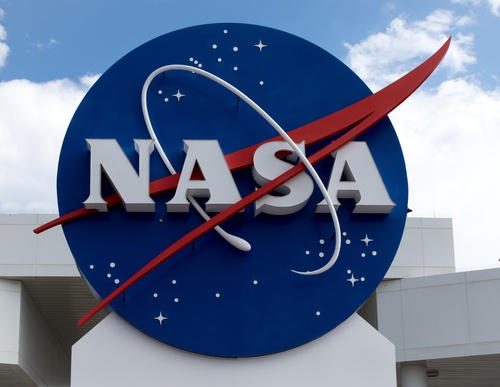Key Takeaways:
* Lunar soil samples returned by China’s Chang’e-6 spacecraft hint at a volcanic past on the moon’s far side.
* Some fragments of volcanic rock discovered were found to be about 2.8 billion years old, and one piece even dates back to 4.2 billion years.
* The understanding of volcanic events on the moon’s far side can offer clues about its mysterious differences to the near side.
* This discovery forms part of a growing space rivalry, with China planning several more lunar probe missions in the next four years.
Confirming The Moon’s Volcanic History
Volcanic rock fragments found in lunar soil samples have confirmed that there were active volcanoes on the unseen far side of the moon billions of years ago. Lunar soil unearthed by China’s Chang’e-6 spacecraft provided this invaluable data on an area largely unexplored until now. Two independent teams of researchers discovered fragments of volcanic rock aged around 2.8 billion years old, with one piece estimated to be a staggering 4.2 billion years old.
Christopher Hamilton, a planetary volcano expert from the University of Arizona highlighted the significance of this discovery. “To obtain a sample from this area is really important because it’s an area that otherwise we have no data for” said Hamilton.
The importance of this research became even clearer when compared with the known volcanic history on the moon’s near side. It’s common knowledge that there were active volcanoes on the near side of the moon during the same period. But evidence obtained from the fragments have now confirmed a similar volcanic past existed on the moon’s far side.
Unveiling Lunar Mismatches
The far side of the moon is noticeably different from the side we can see from Earth. It is covered in craters and markedly lacks the flat, dark plains carved by lava flows that are characteristic of the near side. Qiu-Li Li, a study co-author from the Chinese Academy of Sciences, spoke to this disparity.
“The new findings reveal over 1 billion years of volcanic eruptions on the lunar far side and future research will seek to understand why such activity lasted so long. This may uncover the mystery of why the two halves are so different,” expounded Li.
Success of China’s Lunar Program
The discovery by the Chang’e-6 spacecraft is a major stride forward for China’s lunar program. Having dispatched several spacecrafts to the moon, China returned lunar samples for the first time in decades with Chang’e-5 in 2020. China’s ambition to make an impact in space exploration doesn’t stop there.
It recently launched a three-member crew on its own space station orbiting the Earth. Additionally, the country has its sights on putting astronauts on the moon by 2030 and is planning several more lunar probe missions over the next four years.
Global Space Rivalry
China’s achievements in space form part of an increasingly competitive arena of international space exploration. While the United States continues to lead the way in this field, other countries like Japan and India are also making significant strides.
NASA plans to launch its first manned Artemis mission by the end of next year. This mission will transport three NASA astronauts and a Canadian flyer on a looping voyage around the moon and back. The aim is to test the agency’s Orion crew transport vehicle, reaffirming the United States’ commitment to space exploration.
The unearthing of a volcanic past on the moon’s far side by China’s Chang’e 6 demonstrates the escalating race to understand our celestial neighbor. As countries continue to explore the moon, each mission brings new and exciting discoveries, giving us a clearer picture of our universe’s past and influencing future space exploration trajectories.

